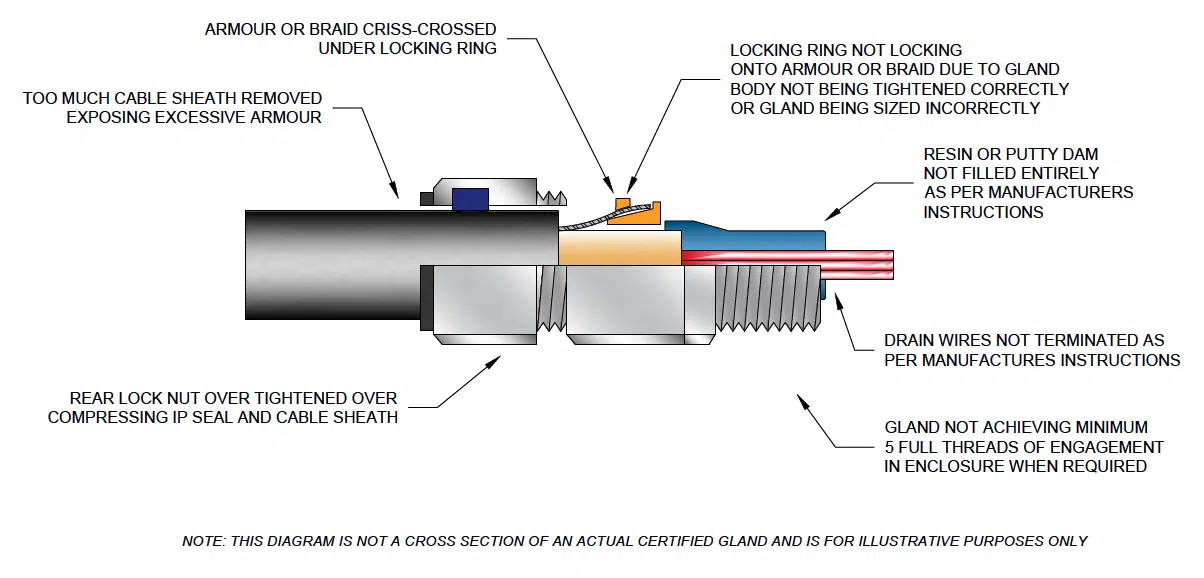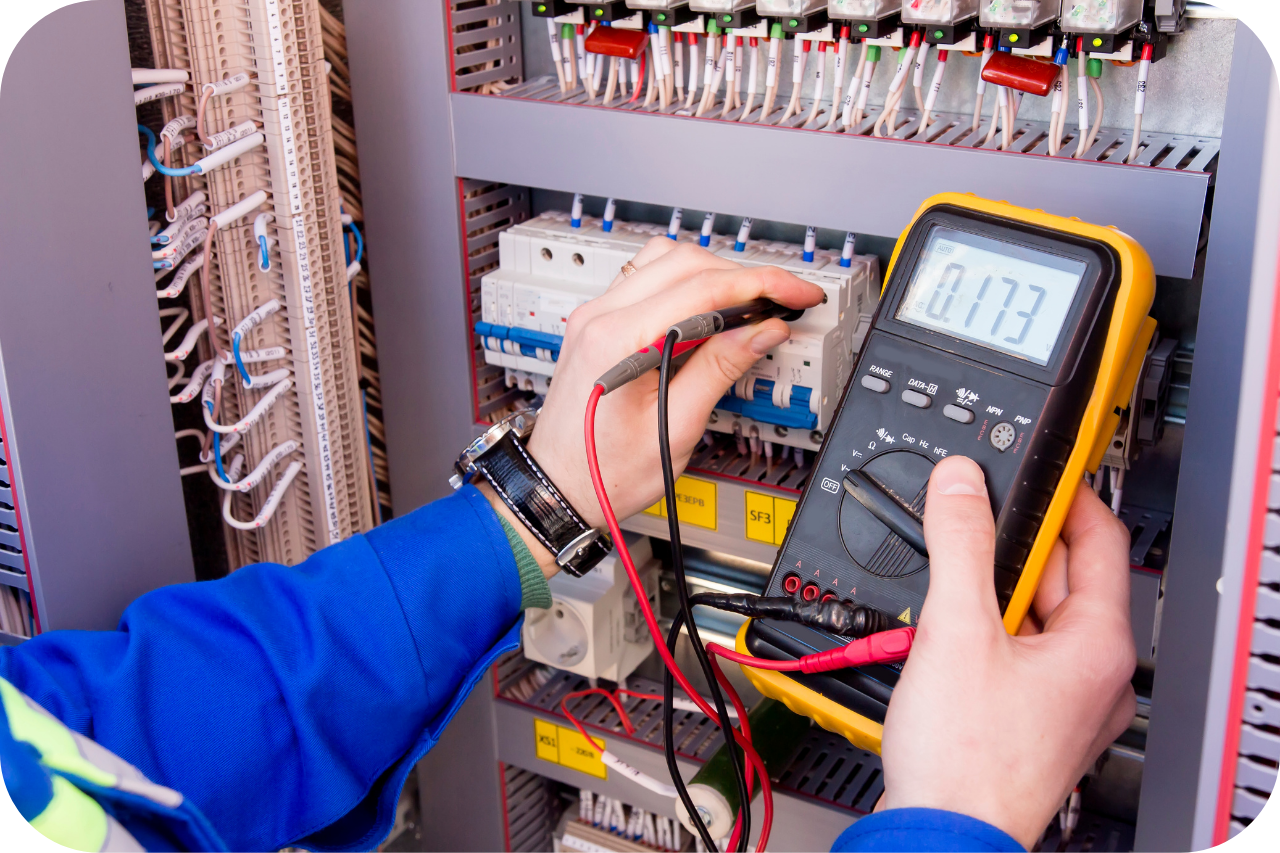Top Guidelines Of Roar Solutions
Top Guidelines Of Roar Solutions
Blog Article
Roar Solutions Can Be Fun For Everyone
Table of ContentsGetting The Roar Solutions To WorkExamine This Report on Roar SolutionsAbout Roar Solutions
In order to safeguard installments from a possible surge an approach of analysing and classifying a potentially unsafe location is needed. The objective of this is to ensure the proper option and setup of equipment to eventually avoid an explosion and to make certain security of life.
(https://au.enrollbusiness.com/BusinessProfile/7095102/ROAR%20Solutions)
No tools should be installed where the surface temperature of the equipment is above the ignition temperature of the offered risk. Below are some typical dust dangerous and their minimum ignition temperature level. Coal Dust 380C 225C Polythene 420C (thaws) Methyl Cellulose 420C 320C Starch 460C 435C Flour 490C 340C Sugar 490C 460C Grain Dust 510C 300C Phenolic Material 530C > 450C Aluminium 590C > 450C PVC 700C > 450C Soot 810C 570C The possibility of the danger being existing in a concentration high sufficient to trigger an ignition will certainly differ from area to area.
In order to identify this risk an installment is separated right into locations of risk depending upon the quantity of time the unsafe exists. These locations are described as Zones. For gases and vapours and dirts and fibres there are 3 zones. Area 0 Zone 20 An unsafe ambience is very most likely to be present and may exist for extended periods of time (> 1000 hours annually) or perhaps continually Zone 1 Area 21 An unsafe ambience is possible yet not likely to be present for long durations of time (> 10 450 C [842 F] A category of T6 means the minimum ignition temperature is > 85 C [185 F] Dangerous area electric devices maybe made for use in higher ambient temperature levels. This would certainly showed on the ranking plate e.g. EExe II C T3 Ta + 60C( This suggests at 60C ambient T3 will certainly not be surpassed) T1 T1, T2, T3, T4, T5, T6 T2 T2, T3, T4, T5, T6 T3 T3, T4, T5, T6 T4 T4, T5, T6 T5 T5, T6 T6 T6 A T Class score of T1 means the maximum surface area temperature produced by the tool at 40 C is 450 C. Assuming the associated T Class and Temperature rating for the equipment are suitable for the area, you can constantly utilize an instrument with an extra rigid Division rating than required for the area. There isn't a clear response to this concern unfortunately. It really does depend upon the sort of equipment and what repair services require to be executed. Tools with specific test treatments that can not be executed in the area in order to achieve/maintain 3rd party score. Should come back to the factory if it is before the equipment's solution. Area Repair Service By Authorised Personnel: Difficult screening may not be called for nonetheless details procedures may require to be complied with in order for the devices to keep its 3rd party ranking. Authorised employees have to be used to do the job appropriately Fixing need to be a like for like replacement. New part should be taken into consideration as a straight substitute needing no special screening of the tools after the repair work is full. Each tool with a hazardous rating must be evaluated independently. These are detailed at a high level listed below, but also for even more thorough info, please refer straight to the standards.
The smart Trick of Roar Solutions That Nobody is Talking About
The devices register is a thorough data source of equipment records that includes a minimum set of areas to recognize each item's place, technological specifications, Ex lover category, age, and environmental data. This info is important for tracking and handling the tools efficiently within hazardous locations. In comparison, for periodic or RBI sampling evaluations, the grade will be a mix of Detailed and Close evaluations. The ratio of Detailed to Shut examinations will certainly be established by the Tools Danger, which is analyzed based on ignition threat (the probability of a source of ignition versus the likelihood of a flammable atmosphere )and the harmful location category
( Zone 0, 1, or 2). This variation will also influence the resourcing demands for job preparation. Once Whole lots are specified, you can establish tasting plans based upon the example dimension of each Whole lot, which describes the variety of arbitrary equipment products to be evaluated. To establish the needed example size, 2 elements require to be reviewed: the dimension of the Whole lot and the category of evaluation, which suggests the level of initiative that ought to be applied( minimized, normal, or boosted )to the assessment of the Lot. By integrating the category of inspection with the Great deal size, you can after that develop the suitable being rejected requirements for a sample, implying the allowed number of defective things found within that sample. For more details on this procedure, please refer to the Energy Institute Guidelines. The IEC 60079 standard advises that the optimum period between inspections need to not go beyond three years. EEHA examinations will certainly likewise be conducted beyond RBI projects as component of arranged upkeep and equipment overhauls or repair services. These examinations can be attributed toward the RBI sample dimensions within the influenced Lots. EEHA examinations are performed to determine mistakes in electric devices. A heavy racking up system is necessary, as a single tool might have multiple faults, each with differing levels of ignition threat. If the combined score of both examinations is much less than twice the mistake rating, the Great deal is deemed appropriate. If the Lot is still taken into consideration unacceptable, it has to undertake a complete assessment or validation, which might cause stricter assessment methods. Accepted Whole lot: The causes of any kind of mistakes are determined. If an usual failure setting is found, added tools might need inspection and fixing. Faults are classified by severity( Security, Honesty, Housekeeping ), ensuring that urgent problems are examined and resolved quickly to mitigate any effect on safety or procedures. The EEHA data source ought to track and tape-record the lifecycle of mistakes together with the corrective actions taken. Carrying out a durable Risk-Based Assessment( RBI )technique is important for making sure compliance and safety and security in managing Electrical Equipment in Hazardous Locations( EEHA) (eeha training). Automated Mistake Rating and Lifecycle Administration: Effortlessly handle mistakes and track their lifecycle to boost assessment precision. The intro of this assistance for risk-based evaluation better enhances Inspectivity's setting as a best-in-class solution for regulative compliance, as well as for any asset-centric evaluation use situation. If you have an interest in discovering more, we welcome you to ask for a presentation and uncover exactly how our option can change your EEHA administration procedures.
Top Guidelines Of Roar Solutions

In regards to eruptive risk, a dangerous area is an environment in which an explosive ambience is present (or might be anticipated to be existing) in amounts that need special precautions for the building, installation and use devices. hazardous area course. In this post we explore the difficulties encountered in the workplace, the threat control steps, and the needed competencies to function safely
These compounds can, in certain problems, create explosive atmospheres and these can have significant and tragic consequences. Most of us are acquainted with the fire triangle eliminate any type of one of the three elements and the fire can not happen, but what does this mean in the context of unsafe areas?
In a lot of instances, we can do little regarding the levels of oxygen airborne, but we can have substantial influence on sources of ignition, for example electrical tools. Unsafe areas are documented on the unsafe area classification drawing and are recognized on-site by the triangular "EX-SPOUSE" indicator. Here, among other essential info, zones are split right into 3 types depending on the danger, the probability and period that an eruptive ambience will certainly exist; Area 0 or 20 is deemed one of the most hazardous and Zone 2 or 22 is regarded the least.
Report this page